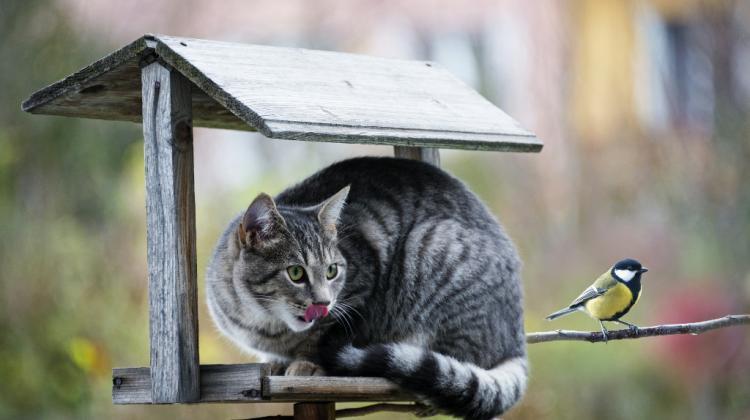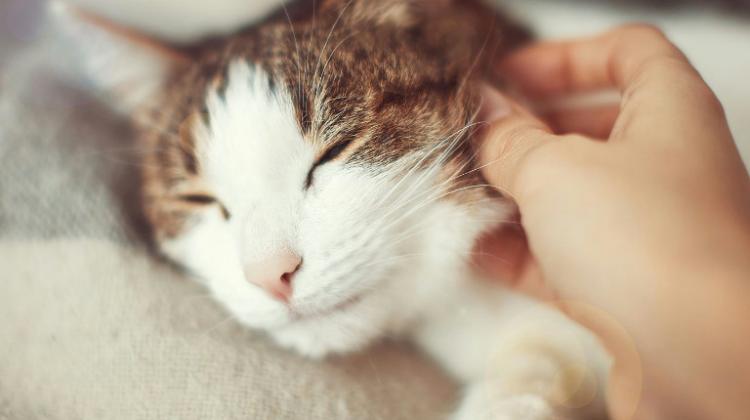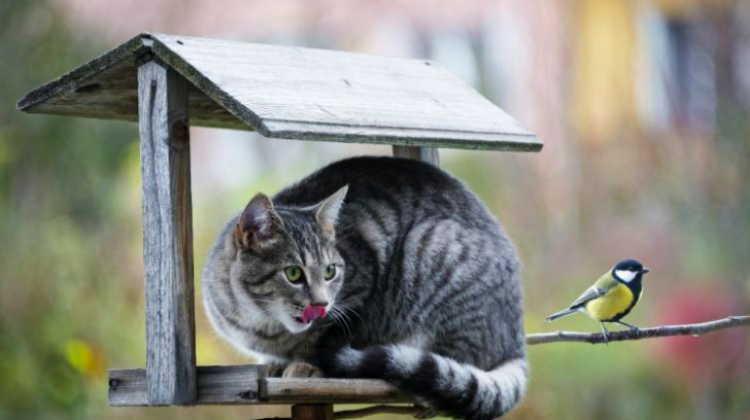Pawsome! Cats were helping farmers battle rodents 6,000 years ago
Poland’s first farmers ago were accompanied by cats which followed them from the Middle East tempted by an abundance of rodents eating crops, says new research.
And by analysing the bones of ancient felines in the caves of the Kraków-Częstochowa Upland, scientists have concluded that although the animals may not have been domesticated, they were probably well on their way to being so.
Until now it was unclear when cats - wild or domesticated - reached the territory of present-day Poland from the Middle East. Feline bones, whether from the Middle East or European wildcats are virtually indistinguishable.
But through analysing carbon and nitrogen isotopes found in the bones of seven cats from the Neolithic period found in the caves, scientists have been able to get a better understanding of the cats’ diets and the possible environment in which they lived.
Isotopes are the various forms of atoms of a chemical element. Their proportion, for example in the bones, is the source of information about the diet and living environment. The study of carbon isotopes in the bones of an animal reflect the isotope ratios in specific types of food.
Therefore, isotope analyses makes it possible to draw conclusions about the environment, in which the animal lived, or about the plants present there. Nitrogen isotopes, in turn, allow scientists to draw conclusions about the source of proteins in the diet.
Lead researcher Dr. Magdalena Krajcarz from the Institute of Archaeology of the Nicolaus Copernicus University in Toruń, said: “Our assumption was that if these cats stayed close to humans or were domesticated, then humans provided them with food that they themselves ate.
“So the diet of these cats would have to be different from that of wild cats and those that avoided humans.
“We were able to compare the diets of these animals, coexisting in the same area. It turned out that the isotopic composition of the bones of 'Middle Eastern' cats was different to that of local wildcats.
“Rodents, which were field pests and ate the cereals grown by the first farmers, dominated in the diet of 'Middle Eastern' cats. Local wildcats were still feeding on wild animals.”
She added: “We have gained evidence that these cats lived in a human-changed environment. It was commensalism - a relationship, in which humans created favourable conditions for them to obtain food, and cats had great benefits from human activity in the form of increased food resources.”
But isotope analysis also shows that cats didn’t become fully-domesticated in Poland until about 2,000 years ago when cats' diet became more similar to the human diet, meaning that people probably fed them more willingly.
The cat remains from the caves of the Kraków-Częstochowa Upland come from excavations carried out by the Institute of Archaeology of the Nicolaus Copernicus University, the Institute of Archaeology of the Jagiellonian University and the Institute of Systematics and Evolution of Animals of the Polish Academy of Sciences in Kraków.
The isotope studies were performed at the Institute of Geological Sciences of the Polish Academy of Sciences, and DNA analyses - at the Centre of New Technologies of the University of Warsaw.
Researchers from Germany and Belgium were also involved in the analyses
The results are published in PNAS (https://www.pnas.org/content/early/2020/07/09/1918884117).
(PAP)
author: Szymon Zdziebłowski
szz/ zan/ kap/
tr. RL
Przed dodaniem komentarza prosimy o zapoznanie z Regulaminem forum serwisu Nauka w Polsce.


















